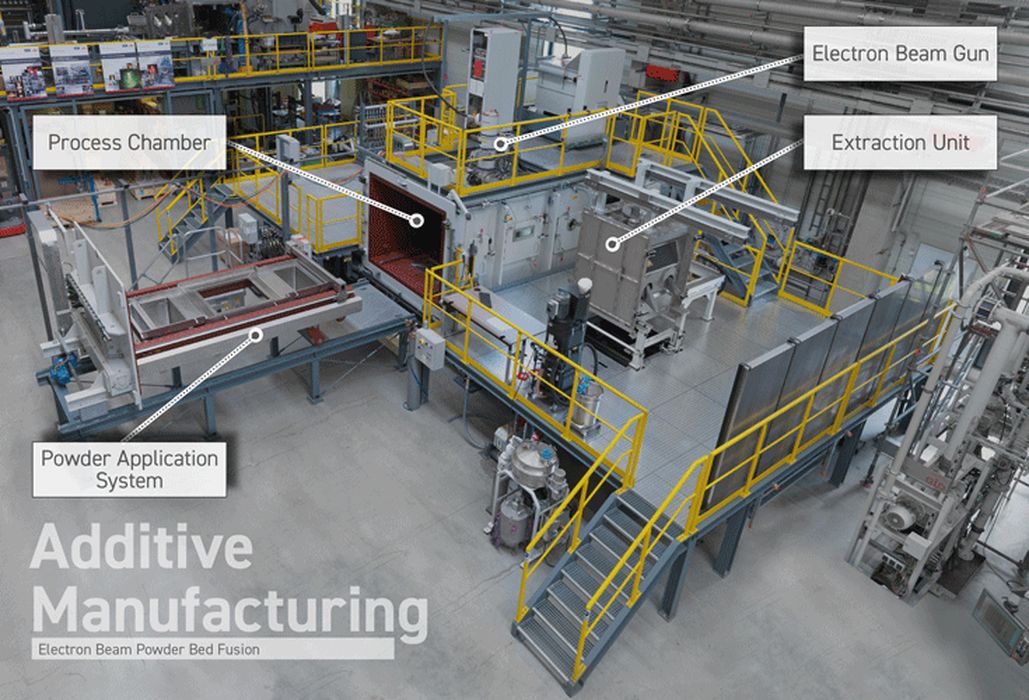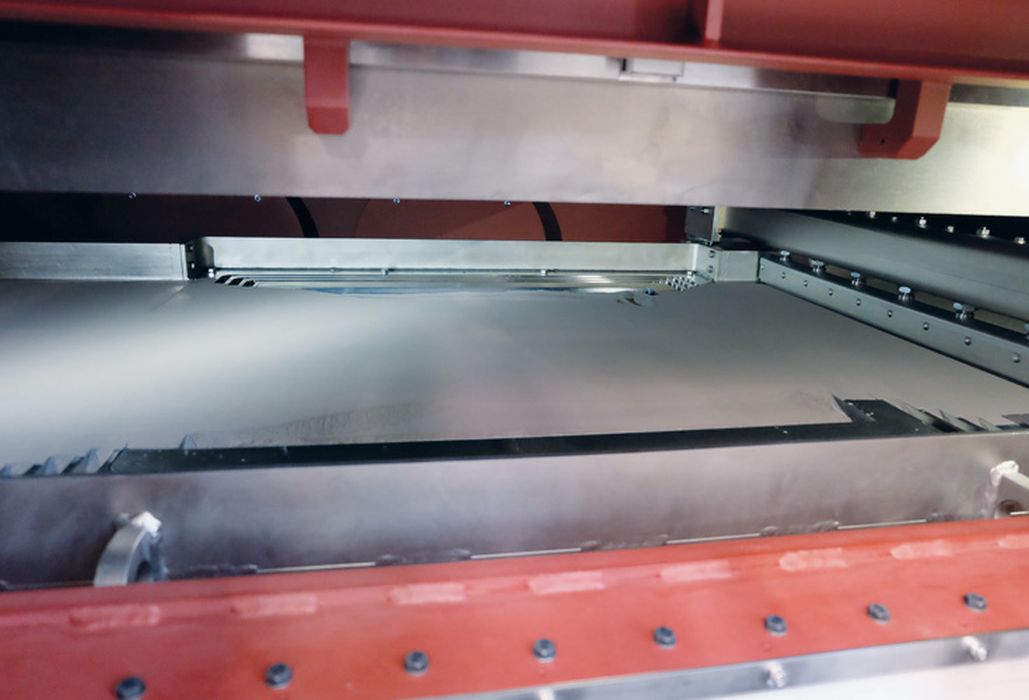
ALD Vacuum Technologies has introduced a massive metal 3D printer, the “EBuild”.
ALD Vacuum Technologies is a large German company that is a leading supplier of vacuum metallurgy and vacuum heat treatments. The company’s origin reaches back to 150 years ago, and was one of the first to work with vacuum technology.
Nowadays the firm operates worldwide, with multiple offices in many countries and regions.
Recently they’ve decided to leverage their expertise in vacuum and metallurgy to create a brand new metal 3D printer, the EBuild.
The machine is a PBF-style device, but unlike the typical laser-powered alternatives, the EBuild uses an electron beam. Only a few 3D printer manufacturers do so, notably including GE’s ARCAM. ALD calls the process “E-PBF”, for “Electron beam Powder Bed Fusion”.
ALD lists the benefits of the EBuild:
- Electron beam Powder Bed Fusion Process
- Large Build Volume
- High Electron Beam Power
- High Productivity
- In-situ Backscattered Electron Imaging
- High Temperature Vacuum Process
- No Impurity Pick-up, e.g. Oxygen
- High Precision Powder Application System
ALD describes the EBuild as suitable for major production:
“The EBuild® is a completely newly developed system from ALD Vacuum Technologies for the Electron beam Powder Bed Fusion (E-PBF) process on an industrial scale. It is the first system on the market suitable for additive manufacturing of both large-scale parts and high-volume production.”
They also said the EBuild has the both the “world’s largest build volume” and “highest beam power” currently available on the market.

The build volume is listed at 850 x 850 x 1000 mm, which indeed is pretty big. But is it the world’s largest for metal 3D printing? There are a couple of other companies that offer robotic systems that can reach further. However, those tend to be in open air, whereas the EBuild has a completely enclosed, highly controlled thermal environment.
That thermal control, along with gas and vacuum management, are the key to producing high quality metal parts. Note that ALD has decades (maybe centuries) of expertise in gas, vacuum and metal management, so I am certain this device is highly tuned.
An example of their thermal management is shown in their steps to 3D print a layer of metal:
- Precisely lower the starting plate by the thickness of one individual powder layer
- Apply a new powder layer onto the build area
- Heat the new powder by scanning the build area with defocused electron beam
- Selectively melt powder layer with focused electron beam
- Create layer image with backscattered electron detector
- Repeat the steps until the complete AM part has been produced
The powder can be heated to a maximum of 1200C.
ALD joins a number of machine makers that have recently introduced a 3D printing option. While these companies all have great expertise in their original technology, there are many quirks and differences in 3D printing they may not know.
I’m hoping that ALD has spent some time learning the space so that there are few surprises for EBuild customers.
Via ALD Vacuum Technologies (Hat tip to Benjamin)
